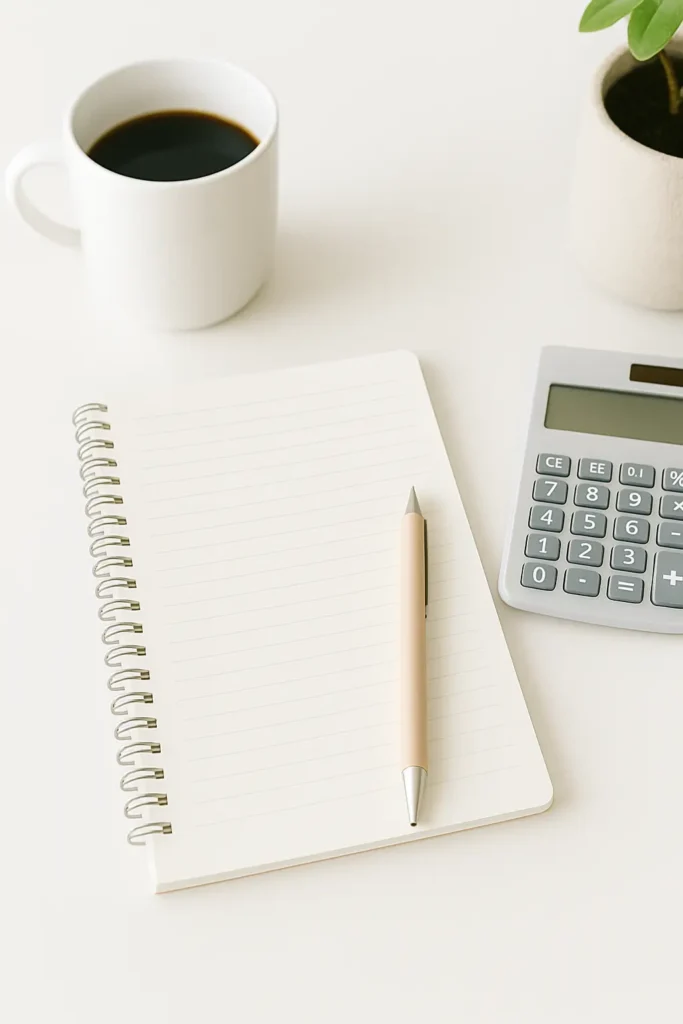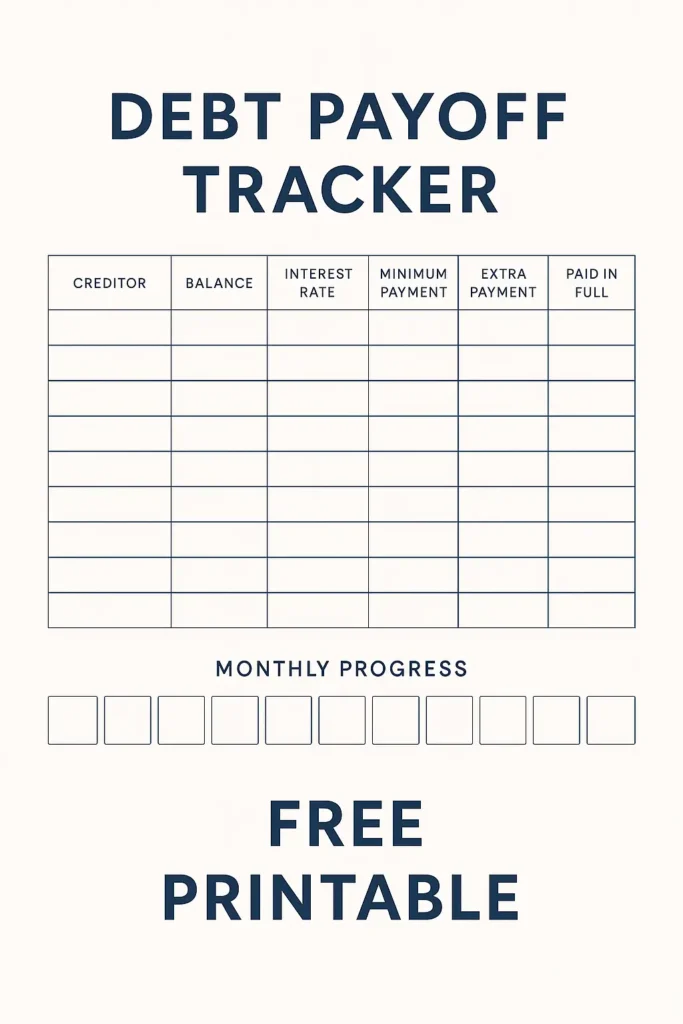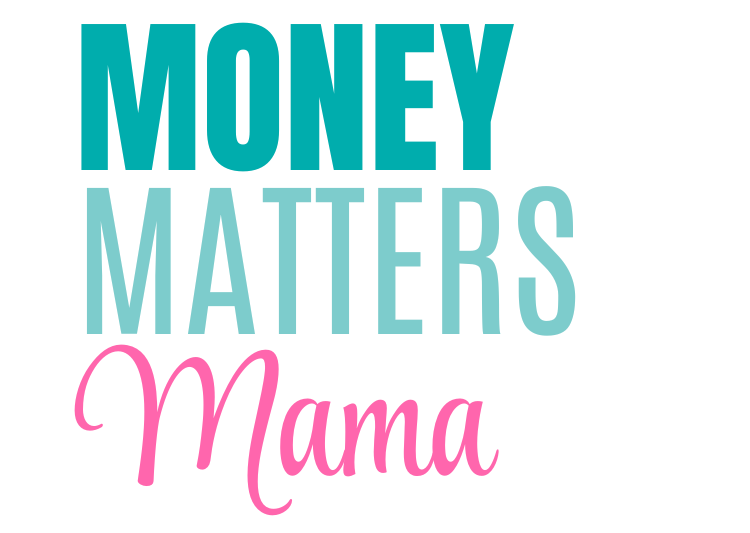Let’s just be real for a second—debt is exhausting. One month, you’re fine. The next, you’re staring at a credit card statement that’s basically screaming in bold font. And yet, you still have to feed your kids, fill the gas tank, and pretend you’re okay at the school pickup line. It creeps in slowly and then all at once. Developing a debt payoff plan can be an effective way to regain control.
A debt payoff plan might sound like one of those things you’ll “get around to” once things calm down. But if you’re anything like me, waiting for the chaos to settle means never starting. Life’s not going to pause so we can fix our finances. So instead of waiting for perfect, let’s start with messy.
Here’s the good news—paying off debt doesn’t mean you have to live on beans and rice forever. (Unless you love beans. Then, by all means.) It just takes a little structure, a little honesty, and a whole lot of “I’m not doing this anymore.”
In this post, I’m walking you through what a debt payoff plan really looks like—one you can actually stick to, even on a regular person’s budget. No corporate buzzwords. No confusing financial jargon. Just a straight-up, doable plan that’ll help you breathe again.
You’re going to get ideas for how to set it up, track it, stay motivated, and even deal with setbacks. Because they’ll happen. We’re human.
Let’s break it all down in a way that makes sense—and feels like something you can do right now.

This site includes affiliate links; please take a look at my site’s disclosure for more details.
Start With the Full Picture (Even If It’s Ugly)
The first step in a debt payoff plan is knowing exactly what you owe. Not roughly. Not “oh, I think it’s around…” Nope. The full picture. It’s like weighing yourself before starting a diet. You can’t skip it just because it makes you cringe.
Here’s how I suggest doing it:
- Write down every debt you have: credit cards, student loans, personal loans, medical bills, car loans—everything.
- Next to each, write the balance, the interest rate, and the minimum payment.
- Add it up. Yes, the total might make you want to cry. That’s okay. Cry. Then take a deep breath and realize—this number is going to go down. One dollar at a time.
Knowing your numbers puts you back in control. Avoiding them only lets the debt win. Facing them? That’s the first real power move.
If you have no idea where to start tracking all this, you can use a free spreadsheet, an app, or just a notebook. I’m a pen-and-paper girl, personally. Seeing it written out makes it real.
The key is not to overthink this part. Just get it all down in one place. Because without this snapshot, you can’t build a plan. And you can’t build momentum without a plan.

Choose a Debt Payoff Plan That Actually Fits Your Life
Once you know what you owe, the next step is choosing how you’ll attack it. There are two main strategies people talk about in every debt payoff plan: the debt snowball and the debt avalanche. I know, they sound intense. But stick with me.
Here’s what they mean:
- Debt snowball: Pay off your smallest balance first, no matter the interest rate. Once that’s gone, move to the next smallest. It’s all about quick wins and motivation.
- Debt avalanche: Pay off the debt with the highest interest rate first (usually credit cards), while making minimums on the rest. This saves you more money in the long run.
Now, financial experts will tell you the avalanche is smarter. But guess what? You’re not a robot. If you need to see progress quickly to stay motivated, go with the snowball.
I like to mix them. I start with one small win to build momentum, then shift focus to a high-interest beast. It feels productive without being discouraging.
You’re the boss here. Pick the method that makes you feel like you’re moving. Because motivation is half the battle. And once you start seeing those balances shrink, you’re going to want to keep going.
Create A Budget That Leaves Room for Life
The word “budget” has a way of making people immediately tune out. But hear me out—your debt payoff plan is going to fall apart fast without one. This doesn’t mean you need to track every penny with military precision. It just means you need to be honest about what’s coming in and going out.
Here’s how to make it work without making yourself miserable:
- Start with your take-home pay. Not your salary. The actual amount that hits your bank account.
- List your non-negotiables: rent/mortgage, utilities, groceries, gas, etc.
- Include minimum payments on all debts.
- Whatever’s left—decide how much you can put toward extra debt payments.
Here’s the trick: leave room for real life. That birthday party, the occasional coffee, or the emergency trip to Target (we’ve all done it). If you don’t build those in, you’ll blow the budget. Every time.
You don’t need a perfect budget. You need a livable one. One that helps you stick to your debt payoff plan even when life doesn’t cooperate.
Find Ways to Bring in Extra Money Without Losing Your Mind
Now we get to the fun part—speeding things up. The fastest way to pay off debt is to throw extra money at it. Easier said than done, I know. But a little extra here and there can make a huge difference.
Here are some real-life ways to bring in more cash without turning your life upside down:
- Sell stuff you don’t use. Clothes, toys, small appliances—Facebook Marketplace is your friend.
- Pick up a small side gig. Dog walking, babysitting, freelance writing, tutoring—it doesn’t have to be forever.
- Use cashback apps for groceries and gas. It adds up faster than you think.
- Look into remote part-time jobs or micro-tasks you can do from your phone after the kids are in bed.
I’m not suggesting you work 24/7. Burnout helps no one. But even an extra $100 a month can slash your timeline. And that feeling of progress? Worth every bit of effort.
Your debt payoff plan doesn’t have to rely only on cutting back. You can grow your way out too. That’s a powerful shift in mindset.
Automate and Track to Stay on Course
This is the part most people skip—and then wonder why their plan fizzled. If you want to stick to your debt payoff plan, you need two things: automation and accountability.
Let’s break those down.
Automation:
Set up automatic payments for your minimums. Then, schedule your extra payment—same day every month. If the money never hits your checking account, you won’t be tempted to spend it.
Tracking:
Choose one day a week or month to check in on your progress. Write down what’s left on each debt. Celebrate even the smallest changes. Seriously—$20 less is $20 closer.
There are free apps for this, but you can also go old school with a notebook or a printable chart. Coloring in a payoff tracker might sound silly—but it works. It keeps you focused.
You don’t need a financial degree to stay on track. You need reminders, a little structure, and a visual that says, “Hey, look how far you’ve come.”

Handle Setbacks Without Giving Up
This part is so important. Because life will absolutely throw curveballs right in the middle of your good intentions. The car breaks down. Someone gets sick. The water heater dies the day after payday. And suddenly your debt payoff plan is the last thing on your mind.
Here’s what to do when that happens:
- Pause, but don’t quit. It’s okay to make minimums for a month while you recover.
- Rework the budget. Prioritize what’s urgent, then see what’s left.
- Remind yourself—this isn’t failure. It’s just a detour. One month doesn’t undo your progress.
- Focus on one thing you can control. Even if it’s tiny. Forward is forward.
Setbacks aren’t proof you can’t do this. They’re proof that you’re doing it in real life. Real life is messy. That’s why your plan needs to bend, not break.
And if it helps, write a little pep talk on a sticky note. Something like, “You’ve done hard things before.” Because you have.
Step-By-Step Debt Payoff Plan You Can Start Today
If you’re feeling overwhelmed, sometimes the best thing is to just start. Not tomorrow. Not next month. Just… today. Here’s a simple debt payoff plan you can follow, even if your budget is tight and your brain feels fried.
1. List every debt.
Grab a notebook or open a blank spreadsheet. List out the balance, interest rate, and minimum payment for each one. Don’t overthink it. Just get it down.
2. Choose your method.
Go with snowball (smallest balance first) or avalanche (highest interest first). Pick the one that makes you feel more motivated.
3. Set a starter goal.
Choose one debt to focus on. Make minimum payments on the rest, then throw any extra at this one. Don’t worry if it’s only $25 extra. That counts.
4. Build a basic budget.
Figure out your income and what you need to cover bills, food, and life. Then find where you can cut—just a little—to make room for debt payments.
5. Track it monthly.
Use a tracker (printable or digital), color in your progress, and check your totals once a month. That visual reminder really helps.
6. Give yourself grace.
You’re going to mess up. You’ll forget a due date or overspend. Just adjust and keep going. The progress still counts.
This isn’t about perfection. It’s about having a plan. A real one. One you can follow even when life is nuts. You can tweak it as you go. What matters is starting.
Creative Ways To Stay Motivated When Progress Feels Slow
Paying off debt isn’t exciting once the newness wears off. The first few weeks? You’re all in. Budgeting feels powerful. You’re skipping Starbucks and logging every payment. But then… nothing happens. The balance moves so slow it feels like watching paint dry.
That’s when motivation fizzles out. So let’s fix that.
Here are a few creative ways to keep going when the numbers aren’t moving fast enough:
- Make a visual tracker. It sounds silly, but coloring in little boxes or paying off a chart feels good. There’s something about seeing your progress that makes it real.
- Celebrate small wins. Paid off a $100 store card? That’s a win. Stayed under budget for groceries? Another win. Don’t wait until you’re debt-free to celebrate.
- Name your “why.” Is it sleeping better? Less stress? More freedom? Write it down. Stick it on your fridge. When you’re tempted to give up, read it.
- Set micro-goals. Instead of staring at that huge number, break it down into chunks. Try: “$300 in 30 days.” It feels doable, and when you hit it, you feel proud.
- Involve someone else. You don’t have to share everything, but even texting a friend, “I hit a new total this month!” can give you a boost.
- Track how much interest you’ve avoided. That one always hits. When you realize you saved $60 in interest because of early payments? Motivating.
The debt payoff plan is a long game. You need moments that remind you it’s working, even when it’s slow. This is where the mental part matters just as much as the math.
You’re not just paying off debt. You’re reclaiming peace—one stubborn month at a time.

Printable Debt Payoff Tracker
Final Thoughts on Starting a Debt Payoff Plan
I used to think debt was just a way of life. Like, something you’d always have hanging over you, like laundry or kids asking for snacks. But here’s the thing—I’ve learned that a debt payoff plan isn’t just about getting to zero. It’s about taking your peace back. It’s about not feeling that little stab of panic every time the mail comes.
I don’t have to pretend I’ve got it all figured out. I just know this—every time I’ve sat down and faced my finances, it’s made me stronger. Not richer overnight. Not magically free from stress. But stronger. Because I’m not avoiding it anymore.
If you’re staring down a mountain of debt and feeling like you’ll never climb out, I want you to hear this: you absolutely can. Not all at once. But step by step. You don’t need to be perfect. You just need to be persistent.
Make a plan. Make it yours. Let it feel human and flexible and real. And when it gets hard, remember why you started—freedom, peace, options, sleep. All the things you deserve.
And hey—if you’re a visual person like me, Pinterest is packed with debt trackers, printable goals, and all kinds of tools to make this journey feel a little more fun. Use what works for you. Skip what doesn’t.
This is your plan. Your progress. Your win.
Now go get it.






